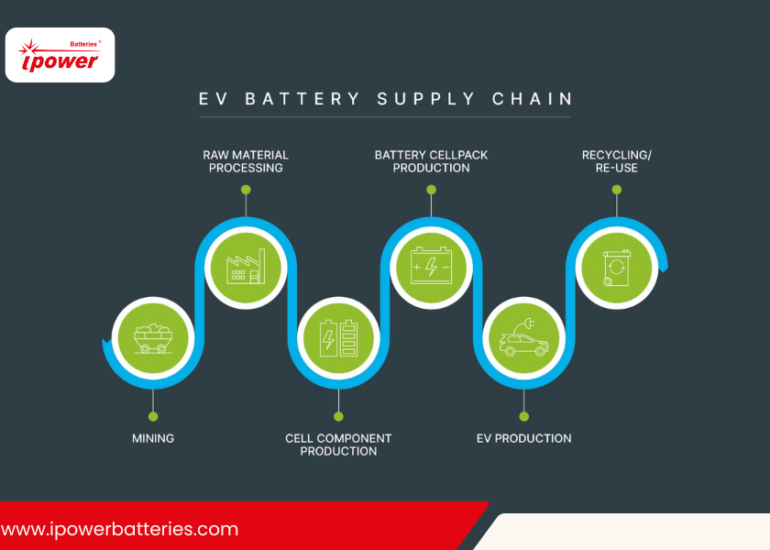India’s transition to renewable energy is pivotal for achieving sustainability and reducing the adverse effects of climate change. Despite notable advancements, certain renewable technologies still require focused governmental support to overcome existing barriers and speed up their adoption. This blog delves into key renewable technologies that are crucial for India and outlines necessary policy interventions that can aid in their widespread integration into the nation’s electricity systems.
Bringing Renewable Energy into the Heart of Indian Electricity Systems
India’s energy demand is surging due to its growing population and rapid economic development, positioning renewable energy as a vital solution to bridge this increasing gap. According to the International Energy Agency (IEA), India’s energy demand is projected to double by 2040, necessitating significant shifts towards cleaner energy sources.
Reducing reliance on imported fossil fuels is essential for enhancing India’s energy security.
India imports around 85% of its crude oil and 53% of its gas requirements, which imposes a substantial financial burden and exposes the nation to volatile global markets. Moreover, renewable energy technologies significantly reduce greenhouse gas emissions and air pollution, contributing to environmental sustainability. India’s power sector accounts for nearly 40% of the country’s total carbon emissions, making the transition to renewables a critical step towards achieving its climate goals.
However, the implementation of these technologies requires careful planning around land and water use to prevent resource conflicts. For instance, large-scale solar projects can lead to land acquisition issues, while hydropower projects might impact local ecosystems and water availability.
Additionally, the successful integration of renewable energy into the national grid demands coordinated efforts among various governmental and regulatory agencies, highlighting the need for improved institutional coordination. The development of smart grid technologies and energy storage solutions are vital in this regard to ensure grid stability and efficiency.
Choosing the Right Support Mechanisms
The Indian government has established various support mechanisms to promote the renewable sector, including Feed-in Tariffs (FiTs), which guarantee fixed prices for electricity generated from renewable sources, encouraging initial investments.
Renewable Purchase Obligations (RPOs) mandate utilities to procure a specific percentage of their power from renewable sources. As of 2023, RPOs mandate that 21% of the total electricity consumption be sourced from renewables, with specific targets for solar and non-solar energy.
Direct subsidies and incentives are provided to support the development of particular renewable projects. For instance, the government offers subsidies of up to 40% for residential rooftop solar installations under the National Solar Mission.
Net metering systems allow consumers to sell excess electricity back to the grid, incentivizing the installation of private renewable systems. Despite these mechanisms, there are significant issues that need addressing: some FiTs are outdated and unattractive as investment incentives, enforcement of RPOs is weak, subsidies could be targeted more effectively to ensure the optimal use of resources, and net metering regulations require simplification to ensure grid stability.
Manufacturing, Human Resources, and RD&D
To become self-reliant in the energy sector, India needs to strengthen its domestic manufacturing capabilities for renewable energy components. There is a critical need for significant investment in domestic solar panel production to reduce import dependence.
In 2022, India imported solar cells and modules worth approximately $2.6 billion, primarily from China. Enhancing domestic manufacturing can mitigate supply chain disruptions and create jobs within the country.
Developing a skilled workforce is essential for the sustained growth of the renewable energy sector. According to the Council on Energy, Environment, and Water (CEEW), the renewable energy sector could create about 3.4 million jobs in India by 2030 if the country achieves its target of 500 GW of non-fossil fuel capacity.
Additionally, increased funding and collaborative efforts are crucial for advancing cutting-edge technologies in research, development, and demonstration (RD&D), making them commercially viable. The Indian government’s allocation of INR 19,500 crore ($2.6 billion) for the Production Linked Incentive (PLI) scheme aims to boost manufacturing and export of high-efficiency solar modules, signifying a step in the right direction.
Conclusion
India’s pathway to a sustainable energy future involves strategic government interventions tailored to address the existing challenges while promoting innovation and supporting the development of renewable technologies. By focusing on improving policy frameworks, enhancing manufacturing capabilities, and investing in human capital and RD&D, India can meet its ambitious renewable energy targets and secure a greener, more sustainable future. These efforts will not only contribute to environmental and economic benefits but also bolster national energy security and independence. The journey towards a sustainable energy landscape is complex, but with concerted efforts and robust policies, India is well-positioned to lead the global renewable energy transition.





